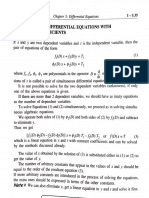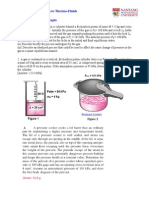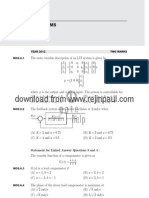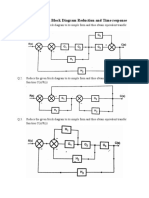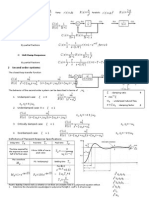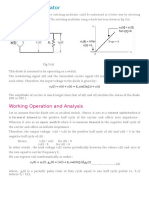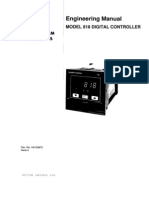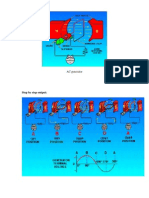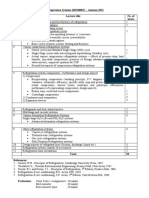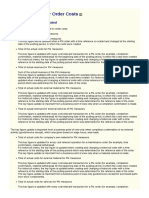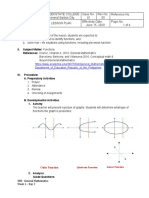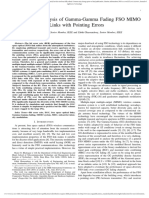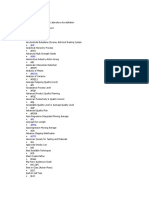0% found this document useful (0 votes)
49 views39 pagesSignal Flow Graphs
1. Signal flow graphs are an alternative to block diagrams that represent systems as branches with transfer functions instead of blocks.
2. They consist of nodes which represent signals and branches which represent systems.
3. The Mason gain formula allows determining the input-output relations of a signal flow graph by inspection of the forward path gains and loop gains in the graph.
Uploaded by
Muhammad ZohaibCopyright
© © All Rights Reserved
We take content rights seriously. If you suspect this is your content, claim it here.
Available Formats
Download as PDF, TXT or read online on Scribd
0% found this document useful (0 votes)
49 views39 pagesSignal Flow Graphs
1. Signal flow graphs are an alternative to block diagrams that represent systems as branches with transfer functions instead of blocks.
2. They consist of nodes which represent signals and branches which represent systems.
3. The Mason gain formula allows determining the input-output relations of a signal flow graph by inspection of the forward path gains and loop gains in the graph.
Uploaded by
Muhammad ZohaibCopyright
© © All Rights Reserved
We take content rights seriously. If you suspect this is your content, claim it here.
Available Formats
Download as PDF, TXT or read online on Scribd
/ 39

